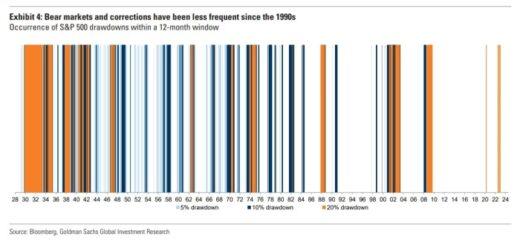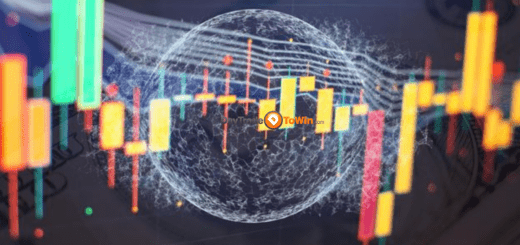Decoding the Paradox: Big Tech’s Defiance to Traditional Market Theories
Delving into a volatile market—both high-risk and high-quality stocks have experienced surges this year. This typically isn’t the norm, but there’s a logical explanation backing it.
Usually, when investors choose high-volatility stocks, thereby increasing their prices, they commonly sell their high-quality stocks. The objective is to benefit from increased earnings as the economy stages a comeback—a scenario favoring volatile stocks.
Contrarily, to shield their portfolios from economic strife, investors generally invest in high-quality stocks, sometimes by selling off the more economically sensitive and volatile ones. High-quality stocks usually exhibit a mix of steady earnings and sturdy cash reserves.
However, this year’s market dynamics don’t seem to follow this trend. Take, for instance, the Invesco S&P 500 High Beta ETF (ticker: SPHB)—a fund that handpicks the 100 most volatile stocks within the S&P 500—it has enjoyed almost a 20% increase this year. Remarkably, the Invesco S&P 500 Quality ETF (SPHQ)—which selects companies based on various parameters such as high return on equity—is nearly 13% up. The simultaneous gains of both funds is intriguing.

To make sense of this irregularity, let’s start with the high-volatility aspect. Stocks that are susceptible to economic fluctuations are climbing, stemming from the market’s confidence in an impending uplift in demand for goods and services. The underlying premise is the Federal Reserve is nearing its cycle of increasing interest rates, intended to suppress inflation by curbing demand.
Spearheading these economically sensitive stocks, Generac (GNRC), Royal Caribbean Group (RCL), Norwegian Cruise Line (NCLH), and Caesars Entertainment (CZR) have all witnessed marked increases this year. Additional stocks, including those from Big Tech, are contributing to these gains. Nvidia (NVDA), the fund’s most significant holding, almost tripled its value, indicating a rising market appetite for future profits.
The unexpected parity performance of high-quality stocks compared to high-volatility ones can be attributed to the influence of Big Tech in the quality category. As a persistently high-growth sector, Big Tech benefits from stable rates.
Victor Cossel, Macro Strategist at Seaport Global Securities, explains, “When you unwind recession, and you unwind inflation, that’s why you can have beta and quality working simultaneously.”
Prominent Big Tech companies like Apple (AAPL), Microsoft (MSFT,) and Alphabet (GOOGL) have recorded significant growth this year. Collectively, these stocks account for nearly 30% of the quality fund. If this fund were equal-weighted, it would record gains under 9% for the year, which is less than half the gains of high-volatility stocks, according to Dow Jones Market Data.
Tech stocks are categorized as high-quality because, despite having their own volatile triggers, they have redeeming features, such as, Apple’s vast cash reserves and Microsoft’s impressive return on equity in 2022, which significantly trumps the S&P 500’s average.
In essence, there are times when high-volatility and high-quality stocks rally simultaneously, thereby challenging conventional market theory.




